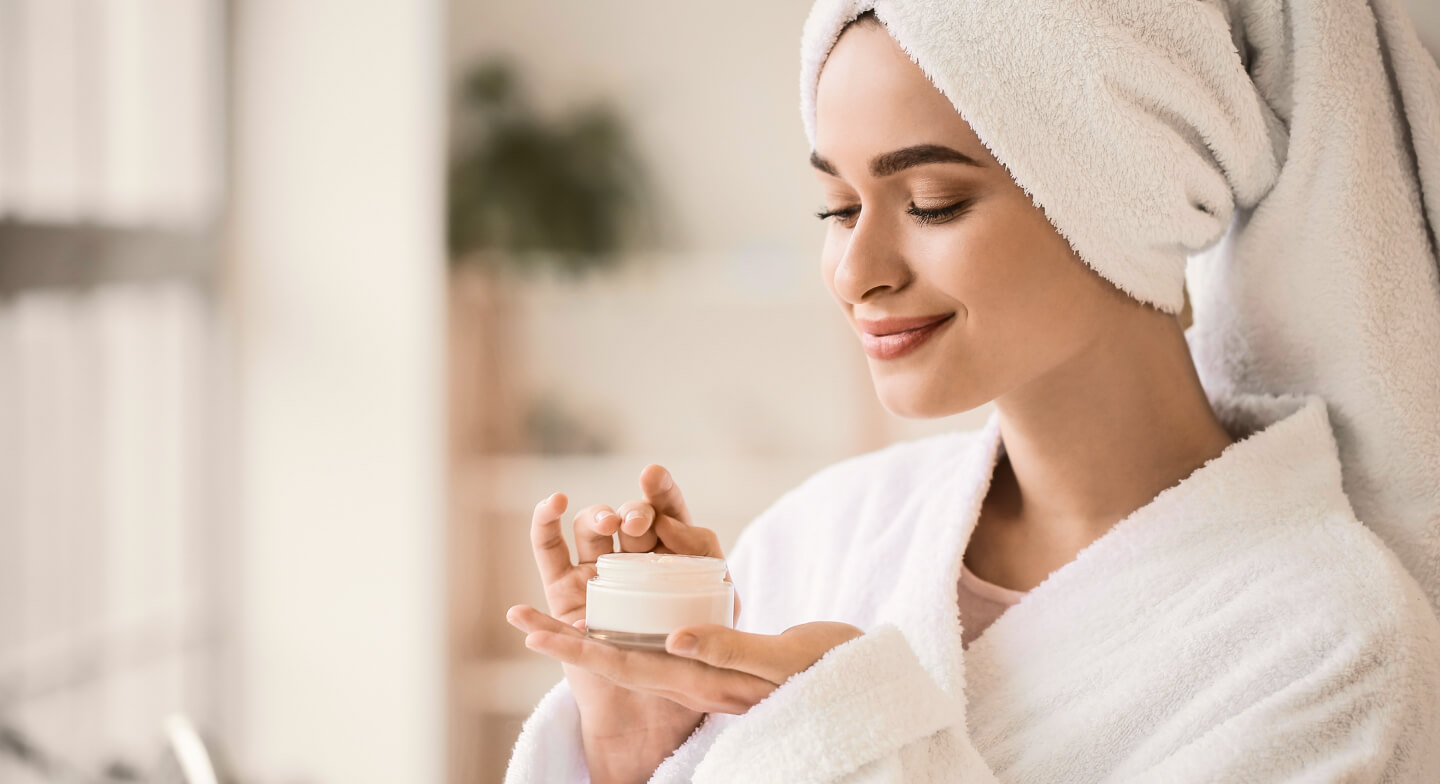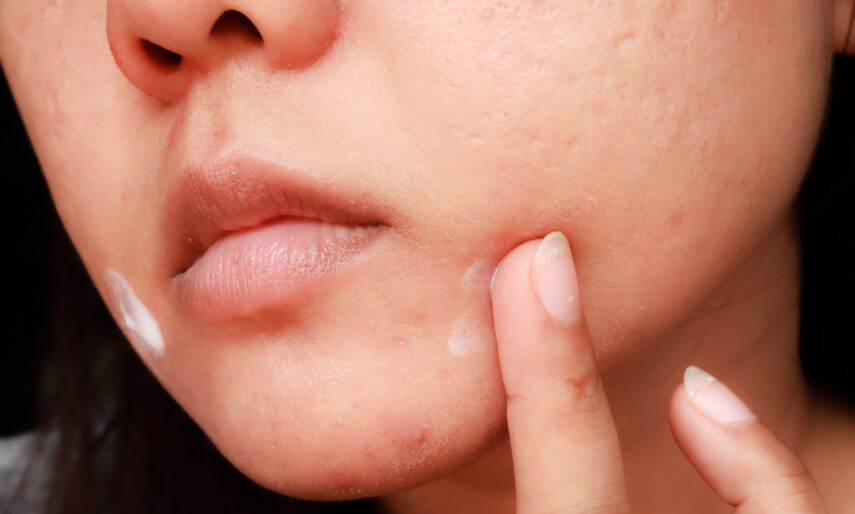Understanding Blackheads and Whiteheads
Blackheads and whiteheads, two common forms of acne, can be troublesome and affect individuals of all ages. These blemishes arise due to clogged pores caused by excess sebum, dead skin cells, and bacteria. The primary distinction lies in their exposure to air; open comedones, or blackheads, darken due to oxidation, whereas closed comedones, or whiteheads, remain flesh-colored due to being covered by skin. Best treatment for acne is UVB Phototherapy options.
Causes and Contributors
Several factors contribute to the development of blackheads and whiteheads, including hormonal fluctuations, genetic predisposition, and lifestyle habits. Adolescents and teenagers often experience hormonal surges, leading to increased oil production and subsequent acne formation. Additionally, certain cosmetics and skincare products can clog pores, exacerbating the problem. Furthermore, stress, diet, and insufficient skin hygiene may also play roles in the persistence of these blemishes.
Over-the-Counter Treatments
Fortunately, various over-the-counter (OTC) treatments are effective in managing and reducing blackheads and whiteheads. Salicylic acid, a common ingredient, helps exfoliate the skin and clear pores by dissolving the bonds between dead skin cells. Benzoyl peroxide is another effective agent known for its antibacterial properties, reducing the presence of acne-causing bacteria. Retinoids, derivatives of vitamin A, encourage skin cell turnover, preventing dead cells from clogging pores.
Prescription Medications
For more stubborn cases, dermatologists may prescribe stronger medications. Topical retinoids and antibiotics, such as clindamycin and erythromycin, target inflamed skin and reduce bacteria. Oral prescriptions, including antibiotics and hormonal treatments like oral contraceptives or spironolactone, modulate hormonal activity or bacterial levels, respectively, offering relief for severe acne cases.
Skincare Routine for Prevention
Implementing a consistent skincare routine plays a pivotal role in preventing blackheads and whiteheads. Cleansing the skin twice daily with a gentle, non-comedogenic cleanser helps remove excess oil and debris. Incorporating exfoliation into the routine further aids in keeping pores clear, but care should be taken to avoid over-exfoliation, which can damage the skin barrier. Moisturizers should be lightweight and non-comedogenic to maintain hydration without clogging pores.
Lifestyle Modifications
Adopting healthier lifestyle habits can contribute significantly to acne prevention. Diets rich in fresh fruits, vegetables, and whole grains support skin health, whereas reducing dairy and high-glycemic foods may decrease outbreaks. Staying hydrated, managing stress through mindfulness or exercise, and ensuring adequate sleep are also essential factors that can enhance skin appearance and reduce acne formation.
Professional Treatments
For those seeking more advanced solutions, professional treatments offer enhanced methods for managing blackheads and whiteheads. Dermatologists may suggest chemical peels, which use acids to remove the top layer of skin, reducing the occurrence of clogged pores. Alternatively, microdermabrasion involves a mechanical exfoliation process, refining skin texture and diminishing acne appearance.
Home Remedies
While professional treatments and medications are effective, some individuals prefer natural remedies. Ingredients such as tea tree oil, known for its anti-inflammatory and antimicrobial properties, can be applied topically to reduce blackheads and whiteheads. Honey, with its soothing and antibacterial qualities, can be used in masks for cleansing and nourishing the skin. Additionally, using a clay mask weekly may help draw out impurities and absorb excess oil.
Avoiding Common Mistakes
When managing blackheads and whiteheads, individuals often make common mistakes that can worsen their condition. Picking or squeezing blemishes can lead to inflammation, infection, and scarring. Also, excessive use of aggressive skincare products can irritate the skin and hinder recovery. Understanding skin type and selecting appropriate products are crucial steps in effective acne management.
The Role of Technology in Treatment
Advancements in technology have introduced new avenues for acne treatment. Light therapy, particularly blue and red light, targets and reduces acne-causing bacteria, while reducing inflammation and improving skin texture. Emerging technologies continue to offer promising and innovative solutions for those struggling with persistent blackheads and whiteheads.
Monitoring and Maintenance
Once treatment begins, it’s essential to practice patience, as results take time. Regular monitoring of the skin’s response to treatment and adjustments based on effectiveness are critical to achieving clear skin. Long-term maintenance, through continued good habits and routine adjustments, helps sustain results and prevent future breakouts.
Consultation with Dermatologists
Consulting with a dermatologist ensures personalized treatment plans and professional advice. Dermatologists can perform thorough assessments, identify underlying issues, and recommend treatments tailored to specific skin types and severities, optimizing the likelihood of positive outcomes.
In summary, the comprehensive approach to blackhead and whitehead treatment involves understanding their underlying causes, implementing effective skincare routines, considering lifestyle changes, exploring professional treatments, and avoiding common misconceptions. By integrating these strategies, individuals can manage and prevent acne effectively, achieving clearer, healthier skin.

